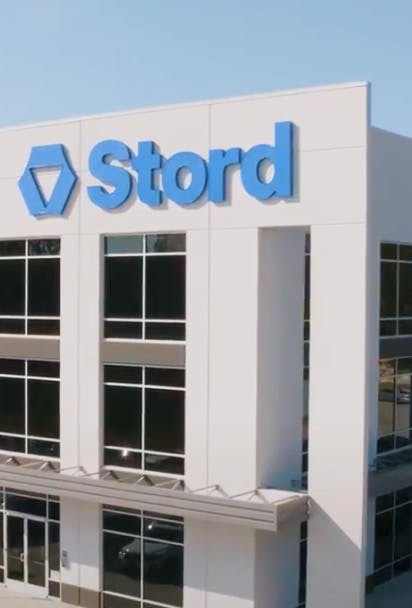July 7, 2020
The way you ship freight isn’t set in stone. There are ways to reduce freight costs without sacrificing quality. Whether you’re shipping full-truckload (FTL), less-than-truckload (LTL), or other e-commerce shipping, get creative in looking at cost savings.
Fortunately there are many ways to reduce logistics costs and lower your bottom line. Here are some ways to think about supply chain and freight management expenses.
Change carriers: You have choices in freight transportation carriers. You can choose from national and regional trucking companies you work with directly, or you can go through platforms that match your shipping needs with available FTL or LTL capabilities. Sometimes maintaining a relationship with one company or a few companies is preferable, to get the customer service you need, and to have an established relationship. If your freight needs are variable, booking on a platform or exchange can sometimes bring down prices, especially if your freight can go on the backhaul.
Volume discounts: If your shipping needs are predictable, it’s easier to negotiate volume discounts for your freight costs. Contracting for certain freight amounts at specific times helps carriers plan their resources, and that can result in cost savings to you.
Off-peak shipping: If you have flexibility in your shipping pick-up and arrival times, negotiate to ship your freight on off-peak days. The carrier may have certain days that are less expensive, making them more willing to provide better rates if you book then. Shippers without perishable items or strict pick-up or delivery days, can shave a little from freight costs.
Consolidate shipments: FTL shipments are lower rates per unit than LTL or individual pallet shipments. If you can add consolidate your shipments to avoid shipping via LTL, you may be able to lower overall costs, making it worthwhile. Coordinating with other shippers to fill an FTL is another option.
Ship freight closer to the location: Using distributed warehouses holding lower inventory levels can decrease transit times to customers. Since shipping costs partially depend on distance, maintaining inventory closer to the customer means lower shipping expenses. This can also help meet service levels, by guaranteeing freight will arrive by a specific date, since it is closer.
Transportation management software: Transportation management software (TMS) can help optimize carrier choice and decrease accessorials. Accessorials can add fees for freight characteristics like oversize packages larger than a pallet, hazardous materials, after-hour deliveries, or reclassification/reweight. TMS systems can help choose the most economical carrier options for the specific delivery. They can also provide real-time visibility into the shipping process.
Cross-docking: Freight costs increase when the goods are unloaded and stored at a warehouse for any length of time. Cross-docking can help lower these freight costs by redistributing the freight on the dock or loading area, to move it to different trucks. This lowers labor costs in addition to storage costs.
Change service levels: Depending on your customer demands, you may be able to lower your transportation costs by changing service levels. If you can maintain quality but deliver in 24 hours instead of 12 hours, that can greatly help with cost reduction and may not impact customer satisfaction. It’s important to negotiate the service levels, understanding how they impact pricing, before making any changes.
Freight costs are a big part of logistics and supply chain management costs. A shipper using a third-party logistics provider may not have full control over the carriers used, but may be able to negotiate changes to other shipping features impacting pricing. Transportation isn’t a vacuum and costs shouldn’t be looked at from just that perspective. Transportation is part of the overall supply chain. Pairing transportation with a warehousing solution is a good way to understand the interplay between lowering freight costs and maintaining or increasing quality. Talk to Stord about how we can help you do that.




